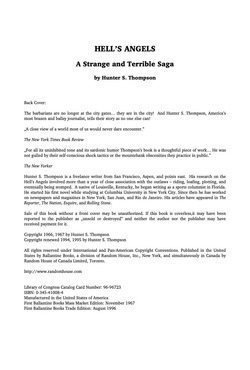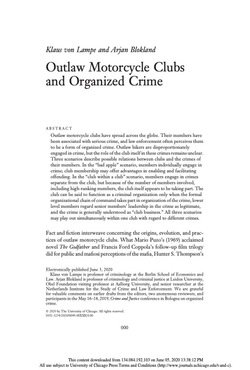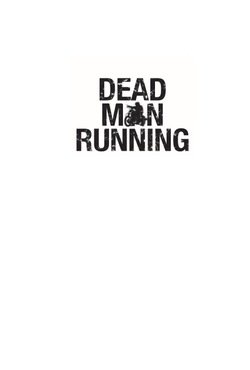By April K. Lewis; Cindy Nguyen; Carrie Freshour; Cindy Schaeffer; Eric Slade
Findings and methodology are reported for an evaluation of the impact on school safety of a new comprehensive emotional and behavioral health crisis response and prevention (EBH-CRP) intervention implemented in Baltimore County (Maryland) public schools. The EBH-CRP intervention is a comprehensive training, organization, and support protocol for school and community stakeholders intended to increase school and community competence in preventing and responding to student emotional and behavioral health crises. The primary goal of the evaluation was to measure changes in specific school safety and discipline outcomes in intervention schools compared to schools that did not participate in the intervention. Data collection and analysis for the evaluation covered two intervention school years. The impact of the EBH-CRP intervention on stakeholder knowledge and preparedness to address emotional and behavioral health across the continuum was measured by comparing pre-post change in diverse stakeholder perceived knowledge and preparedness to address emotional and behavioral health concerns in intervention schools compared to non-participating schools. Intervention school participants in specific training components also reported on their pre-post change in knowledge, preparedness, and benefits of the EBH-CRP intervention over the project period.
-
Poisson regression models predicted student suspensions, office referrals, bullying reports, and juvenile justice referrals. The evaluation encompassed participant and control middle schools and high schools. A secondary aim of the evaluation was to assess the impact of the EBH-CRP intervention on emotional and behavioral health crisis incidents and service-use outcomes. A cost-benefit analysis assessed the net benefits (dollar benefits minus costs) of the EBH-CRP intervention. Schools that implemented the EBH-CRP model had fewer student suspensions and office referrals in intervention year 2, and they were more often recognizing, assessing, and addressing emotional and behavioral crises among students.
Final Report to the U.S. National Institute of Justice, 2019. 56p.





















